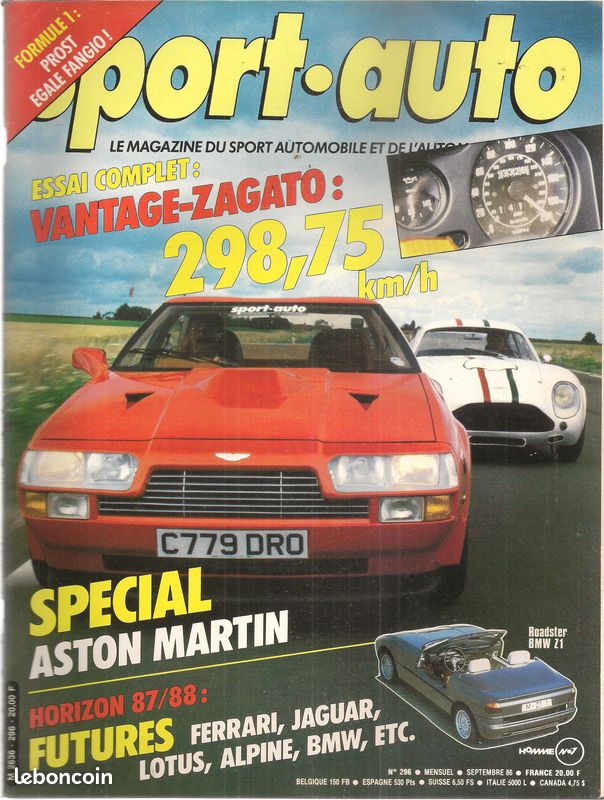Hybrid vehicles have become so mainstream today that it is hard to visualise how it stormed to the forefront. Over the course of automotive history, there were various attempts to create vehicles with hybrid technology, but ensuring it was mass market was a whole set of challenges. It was only until Toyota's brightest minds pooled together to create a revolutionary car, of which the 2003 Toyota Prius XW10 is a testimony!
The Prius began life as a concept vehicle, where it was first exhibited at the 1995 Tokyo Motor Show; it featured the Toyota EMS (Energy Management System) drivetrain for the purpose of fuel-efficient driving. Environmentally friendly features included electric power steering, low rolling resistance tires and side moldings made from coloured resin.
It was subsequently released in 1997 as the world's first mass-produced hybrid vehicle, under model code NHW10. The front grille and bonnet were seamlessly connected (a rare feature at the time), which helped to reduce air resistance. In addition, it was easy to get in and out of the car while making effective use of the interior space, which was an innovative package for a sedan at the time.
In 2001, it was upgraded with a more efficient hybrid engine and cosmetic additions for the export market such as a rear spoiler, along with a model redesignation to NHW11. NHW11 models were powered by a 1497 cc 1NZ-FXE i4 hybrid engine and fitted with the Toyota Hybrid System hybrid drivetrain technology (now known as Hybrid Synergy Drive). Essentially, an electric motor was mated to a conventional engine, which would kick in to provide more power when accelerating. This allowed the car to reach a top speed of 130 km/h with an acceleration of 13.4 seconds [0-100 km/h]. It was 4315 mm long and weighed 1265 kg, with a very good effective range of 18.5 km / litre.
Production of the 1st-generation Prius ended in 2003, where it was replaced by the more renowned XW20 series. The Prius XW10 was first unveiled in Singapore in 1999, and was officially sold here in 2001 by Toyota dealer Borneo Motors at a retail price of $128,988. Local reviews praised its fuel efficiency but noted that its prohibitively high price would only appeal to those who wished to make a statement.
This unit is believed to be 1 of 2 remaining here, where the other one is actually used by our police force as a patrol car! It was most likely imported from the UK, due to the rear spoiler and chassis number designation. At some point in time, this Prius began to see usage as a private hire vehicle; I have seen it being used to drop off passengers. Although the Prius XW10 is not what people would imagine an iconic car to be like, it paved the way for others to fly. Who knows, perhaps you may be lucky to catch a ride in this unique piece of history one day!


























